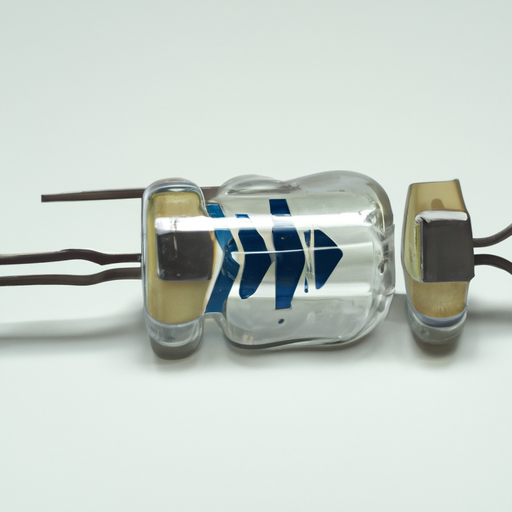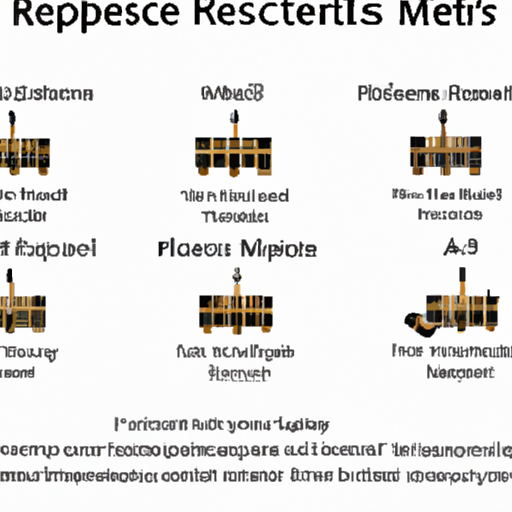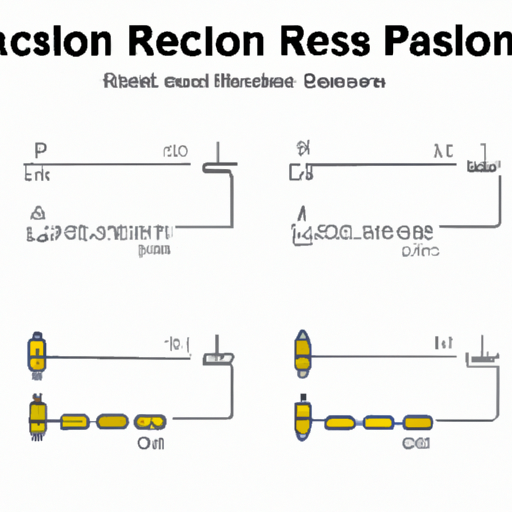An article will help you understand what resistor packaging is
Understanding Resistor Packaging
I. Introduction
In the world of electronics, resistors play a crucial role in controlling the flow of electric current. However, the effectiveness of a resistor is not solely determined by its electrical properties; the way it is packaged is equally important. Resistor packaging refers to the physical casing and configuration that houses the resistor, influencing its performance, reliability, and suitability for various applications. This article aims to provide a comprehensive understanding of resistor packaging, its significance, the different types available, and the factors influencing the choice of packaging.
II. Basics of Resistors
A. What is a Resistor?
A resistor is a passive electronic component that resists the flow of electric current, thereby controlling the voltage and current in a circuit. Resistors are essential for various functions, including voltage division, current limiting, and signal conditioning.
1. Function and Purpose in Circuits
In a circuit, resistors are used to manage the flow of electricity, ensuring that components receive the appropriate voltage and current levels. They can also be used to protect sensitive components from excessive current, thereby preventing damage.
2. Types of Resistors
Resistors come in various types, including:
Fixed Resistors: These have a constant resistance value and are the most common type used in circuits.
Variable Resistors: These allow the resistance to be adjusted, such as potentiometers and rheostats, making them useful for applications like volume controls.
B. Key Specifications of Resistors
When selecting a resistor, several key specifications must be considered:
1. Resistance Value
Measured in ohms (Ω), the resistance value determines how much current will flow through the resistor for a given voltage.
2. Power Rating
This specification indicates the maximum power (in watts) that a resistor can dissipate without overheating. Exceeding this rating can lead to failure.
3. Tolerance
Tolerance refers to the allowable deviation from the specified resistance value, expressed as a percentage. A lower tolerance indicates a more precise resistor.
4. Temperature Coefficient
This specification indicates how much the resistance value changes with temperature, which is crucial for maintaining performance in varying environmental conditions.
III. The Role of Packaging in Resistors
A. Definition of Packaging in Electronics
In electronics, packaging refers to the physical enclosure that protects and supports electronic components. For resistors, packaging is vital for ensuring their functionality and longevity.
B. Importance of Packaging for Performance and Reliability
The packaging of a resistor affects its thermal management, electrical performance, and overall reliability. Proper packaging can enhance heat dissipation, reduce noise, and improve the component's lifespan.
C. How Packaging Affects Thermal Management and Electrical Performance
Effective packaging helps manage the heat generated by resistors during operation. Poor thermal management can lead to overheating, affecting the resistor's performance and potentially causing failure. Additionally, the packaging can influence the electrical characteristics, such as parasitic capacitance and inductance, which can impact circuit performance.
IV. Common Types of Resistor Packaging
A. Through-Hole Packaging
1. Description and Characteristics
Through-hole resistors have leads that pass through holes in a printed circuit board (PCB). They are typically larger and easier to handle during assembly.
2. Advantages and Disadvantages
**Advantages**:
- Strong mechanical connection to the PCB
- Easier to replace in prototyping
**Disadvantages**:
- Larger footprint
- Less suitable for high-density applications
B. Surface-Mount Technology (SMT) Packaging
1. Description and Characteristics
SMT resistors are mounted directly onto the surface of a PCB, allowing for a more compact design.
2. Advantages and Disadvantages
**Advantages**:
- Smaller size, enabling higher component density
- Improved performance due to shorter lead lengths
**Disadvantages**:
- More challenging to handle and replace
- Requires specialized assembly techniques
C. Chip Resistors
1. Description and Characteristics
Chip resistors are small, rectangular components designed for surface mounting. They are widely used in modern electronics due to their compact size.
2. Advantages and Disadvantages
**Advantages**:
- Extremely small size, ideal for miniaturized devices
- High reliability and performance
**Disadvantages**:
- Difficult to handle and solder manually
- Limited power ratings compared to larger resistors
D. Other Specialized Packaging Types
1. Wirewound Resistors
These resistors are made by winding a wire around a core, providing high power ratings and precision.
2. High-Power Resistors
Designed to handle significant power loads, these resistors often have specialized packaging to manage heat dissipation.
3. Resistors in Custom Enclosures
Some applications require resistors to be housed in custom enclosures for protection against environmental factors, such as moisture or extreme temperatures.
V. Factors Influencing Resistor Packaging Choice
A. Application Requirements
1. Size Constraints
In compact electronic devices, the size of the resistor packaging can be a critical factor. Smaller packages allow for more efficient use of space.
2. Power Handling Needs
The power rating of the resistor must align with the application's requirements to ensure reliable operation.
B. Environmental Considerations
1. Operating Temperature Range
Resistors must be able to operate effectively within the temperature range of their intended environment.
2. Humidity and Moisture Resistance
In applications exposed to moisture, packaging must provide adequate protection to prevent corrosion and failure.
C. Manufacturing Processes
1. Compatibility with Automated Assembly
The choice of packaging should consider the manufacturing process, especially if automated assembly is used.
2. Cost Considerations
Cost is always a factor in component selection. The packaging type can significantly influence the overall cost of the resistor.
VI. Trends in Resistor Packaging
A. Miniaturization and Its Impact on Design
As electronic devices become smaller and more compact, the demand for miniaturized resistors continues to grow. This trend drives innovation in packaging technologies.
B. Innovations in Materials and Technology
Advancements in materials science are leading to the development of new packaging solutions that enhance performance and reliability.
C. The Shift Towards More Sustainable Packaging Solutions
With increasing awareness of environmental issues, there is a growing trend towards sustainable packaging solutions that minimize waste and environmental impact.
VII. Conclusion
In conclusion, resistor packaging is a critical aspect of electronic design that significantly impacts performance, reliability, and application suitability. Understanding the various types of packaging, the factors influencing their selection, and current trends can help engineers and designers make informed decisions. As technology continues to evolve, staying abreast of developments in resistor packaging will be essential for creating efficient and reliable electronic devices.
VIII. References
For further reading and exploration of resistor packaging, consider the following resources:
- "Electronic Components: A Complete Reference for Engineers and Technicians" by John Doe
- "Resistor Technology: A Comprehensive Guide" by Jane Smith
- Industry standards from the Institute of Electrical and Electronics Engineers (IEEE) and the International Electrotechnical Commission (IEC).
By delving deeper into these resources, readers can enhance their understanding of resistor packaging and its vital role in the electronics industry.






